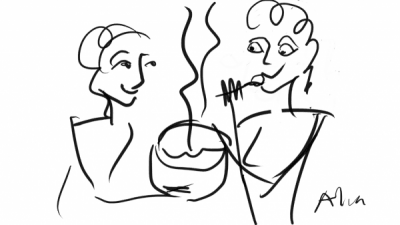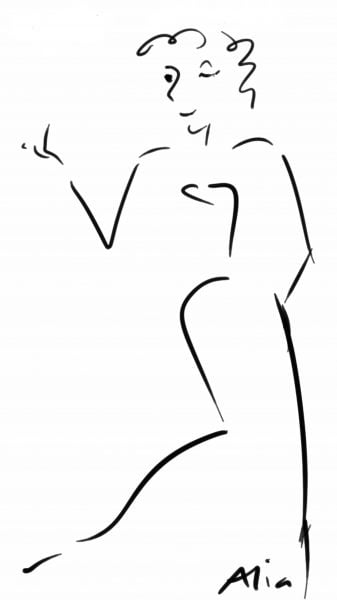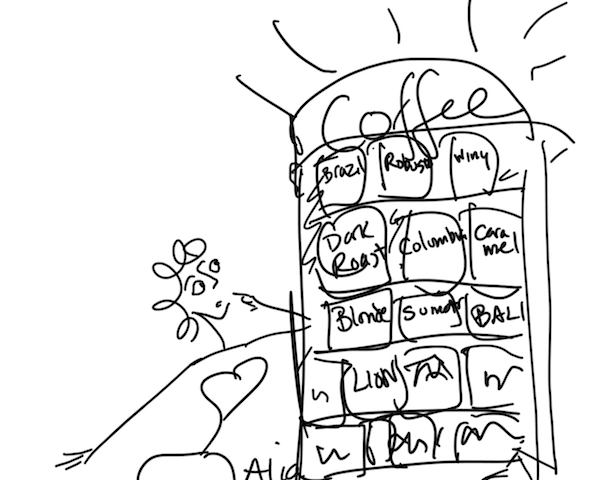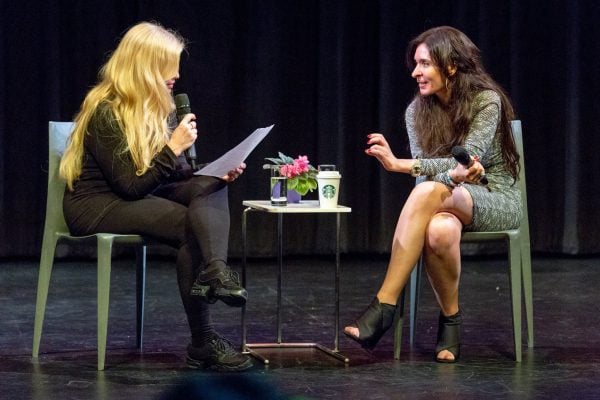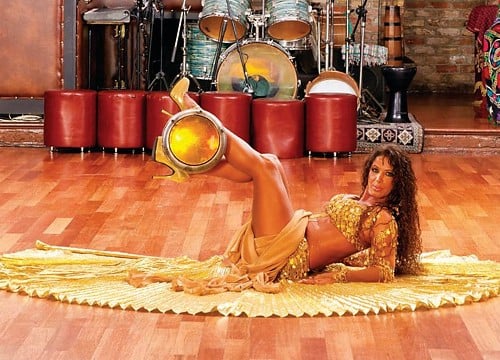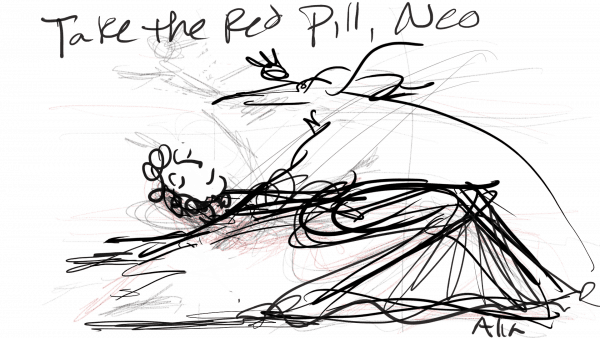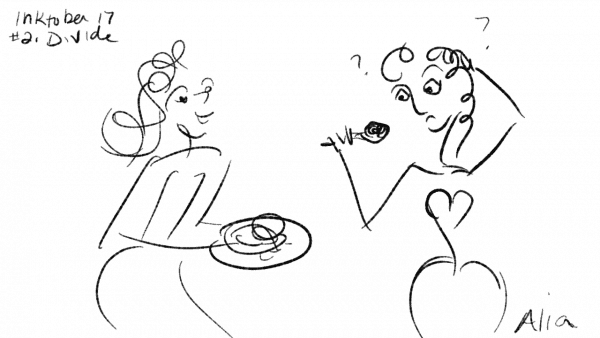Can recipes make you more creative?
When I was a kid, any time my Mom and I wanted to cook something new, we hauled out all our favorite cookbooks and found as many versions of the recipe as we could (there was no internet back then <gasp!>, so yeah, cookbooks).
We read them all, chose those we liked, and noted what was consistent between them. Then we mixed and matched everything else to come up with our own, custom recipe.

Damn, we made some great food.
That early mix-n-match experience made me a confident cook. And it colored my outlook on pretty much everything. With a little prep, I could make whatever I did my own.
This is also how I have approached belly dance.
It has made me open to a wide variety of influences. The foundation has come from the cookbooks–er, the tried-and-true dance experts from whom I have learned over time–what do they say that is consistent, and what is personal style?
The first time I went to Egypt in 2004, I attended the Ahlan wa Sahalan festival. One of the things that pleased me there was realizing that I interpreted the music much the same way the Egyptian dancers did. I understood their choices. It was a nice validation. Over the course of writing my book, I took pains to analyze what made the dance Eastern and to clarify the differences between Eastern and Western artistic priorities.
In many ways, I was fortunate that I did NOT have a Western dance background. I had no dance instruction to speak of before I came to belly dance–with the exception of Twist lessons with Chubby Checker on television waaay back in the day. I’m pretty sure Chubby’s freestyle approach didn’t hurt, either ; ).
As I wrote Midnight, I also realized we have a problem here in the West. We have built a model of belly dance classes (whereas folks of the culture learned from family and friends). So we have students who want to show their work. They want a product, something the can take home and show off. So we make dances for them. And it’s only gotten worse. In the competition circuit, dances are choreographed down to the last wink and smile. They are the exact same, every single time. But there is a problem.
At its heart, our dance is improvised.
How do we reconcile East and West?
In the book, I made a list of what I found to be the essential elements of the dance. Here it is.
(You can read the entire first chapter, which includes this list, here: https://payhip.com/b/a1Qp).
- The foundation movement vocabulary, hip drops, shimmies, undulations, etc.
- Micromovement, the modulation of a movement’s size, shape, direction, speed, and force to better fit the dancer’s mood and the music
- Improvisation to improvised (preferably live, preferably Eastern) music or loose choreography/structured improvisation that can be changed or modified to each situation
- Expression of the dancer’s physical and emotional feeling in the moment, including playfulness and fun
- Embodiment of the principles and values of Oriental music (more on this later in the chapter)
- The Eastern music with which this dance has evolved. You can have all of the above with other music, but the music and dance go together, and they make special magic together.
The more of these principles we include in the mix, the closer we get to the soul of the dance. So where does choreography figure in? Belly dance at its heart is an improvised solo dance form. But even solo dances are now rigidly choreographed, every wink and nod the same every time. To me, there is a Trifecta of Oriental dance mastery. Here it is.
The Feeling in the Moment, Same but Different, and Bring the Joy.
My long-term goal is an improvisational dance company. But my short-term goal has been, how to bring these principles into set dances? Because choreography is here to stay. So what do we do with it?
I have always been drawn to theatrical dance–most of the dances I made had meaning in them. Though meaning in Oriental dance comes with the feeling from the music in the moment, Egyptian film choreographers, already practicing with Western models, lavished theatrical dances on the films they made. So I considered this a suitable precedent. Choreography is Western meaning in art is Western, but how could I use these few Western elements, yet stay true to the soul of the dance?
I developed a systematic approach to dancemaking that took into account all the above issues. I wanted dances that were wonderful to dance and wonderful to view.
I began building improvisational frameworks that had something to say–while staying true to the dance’s core principles. I could choose stage patterns and a backstory without tying myself to exact steps (and I could throw them away if I pleased). The results were amazing. So I decided to share them. You are invited to a Webinar!
How to make a Dance without Steps
Yup. No need to agonize over setting steps. More fun to make, more fun to dance. Takes about an hour. Really.
How does this make the world a better place?
When we see joyous art, we feel that joy within ourselves. When we create joyous art, we free our ourselves–and our guests–from cares and pain. Even if only for a little while, everyone gets a vacation from everyday stress. It is a valid calling, to heal ourselves and the world.
Let’s do that. Here’s how.
Live WebClass
Wednesday, January 23, 2019
7-8 PM EST
Register here: https://bellydancesoul.webinarninja.com/live-webinars/78875/register
YES, there will be a recording.
See you then!
Love,
Alia
